This Week At Angama #62
12 April 2019 | This Week at Angama | Tyler Davis
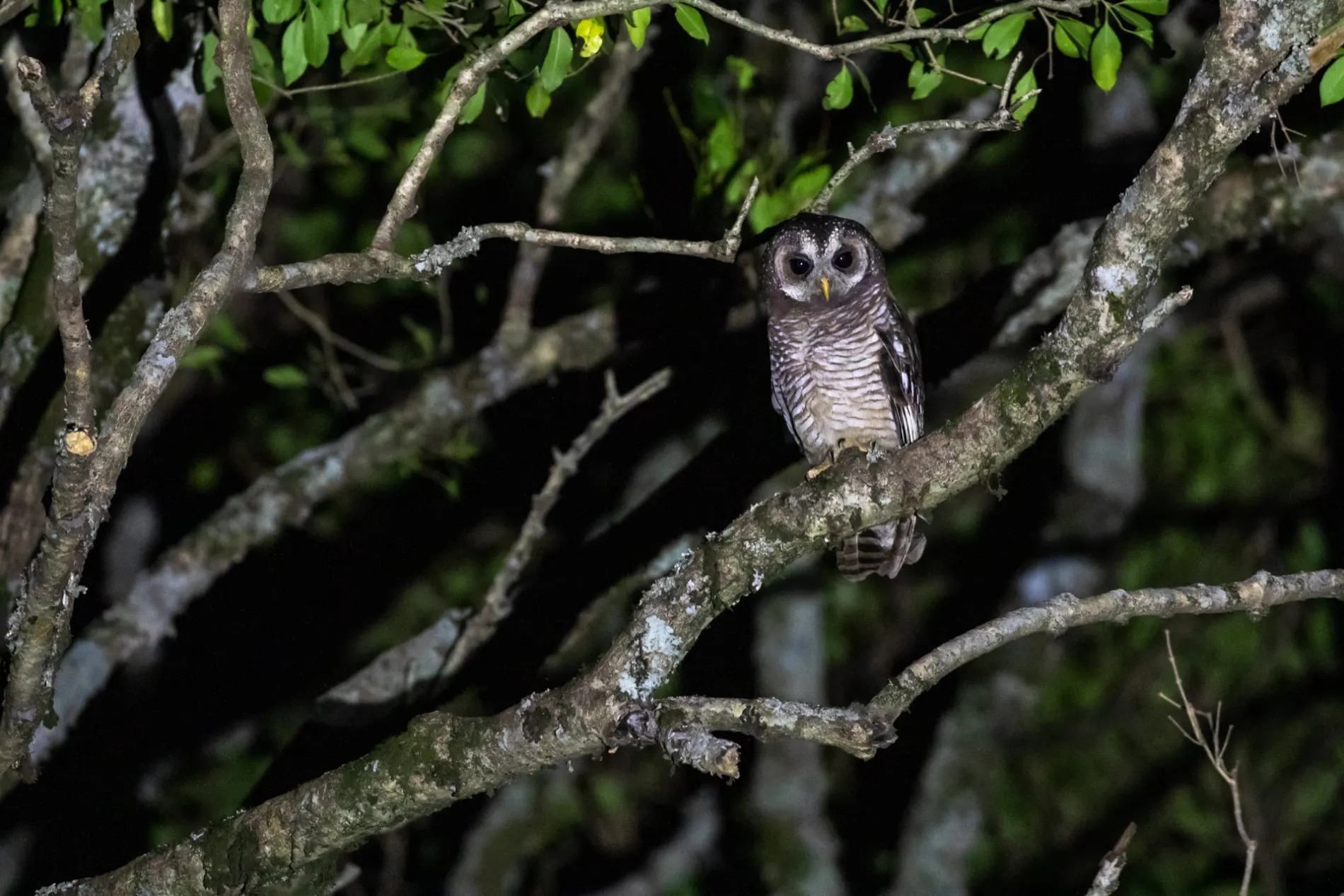
Mid-march through April in the Maasai Mara is peak migration season . . . for birds, that is. Thus, it is always about this time of year that my birding buddy, Stratton, and I decide to undertake what is known in the birding community as a “big day” – trying to see as many species of birds as possible within a 24-hour window. We were joined by one of Angama’s guides, Robert, who is the newest member of the guiding team and eager to become a birding fundi. In past years, our self-set range limit has been the entire Greater Mara; that is, the whole National Reserve and all the conservancies. This year, we decreased our range limit to focus solely on the Mara Triangle plus Angama. Starting at 4am and ending at 11pm, we ended with 242 species, some of which we were captured below. Hope you like birds!

Big days always start in the wee hours of the morning, as nocturnal species such as nightjars and owls are crucial to the final tally. This gorgeously cryptic Eurasian Nightjar decided to make a stopover at the Angama Airfield on its way north – a good find for us and worth the early wake-up! [f 6.3, 1/60, ISO 3200]

[f/5.6, 1/8000, ISO 1600]

[f/5.6, 1/6400, ISO 400]
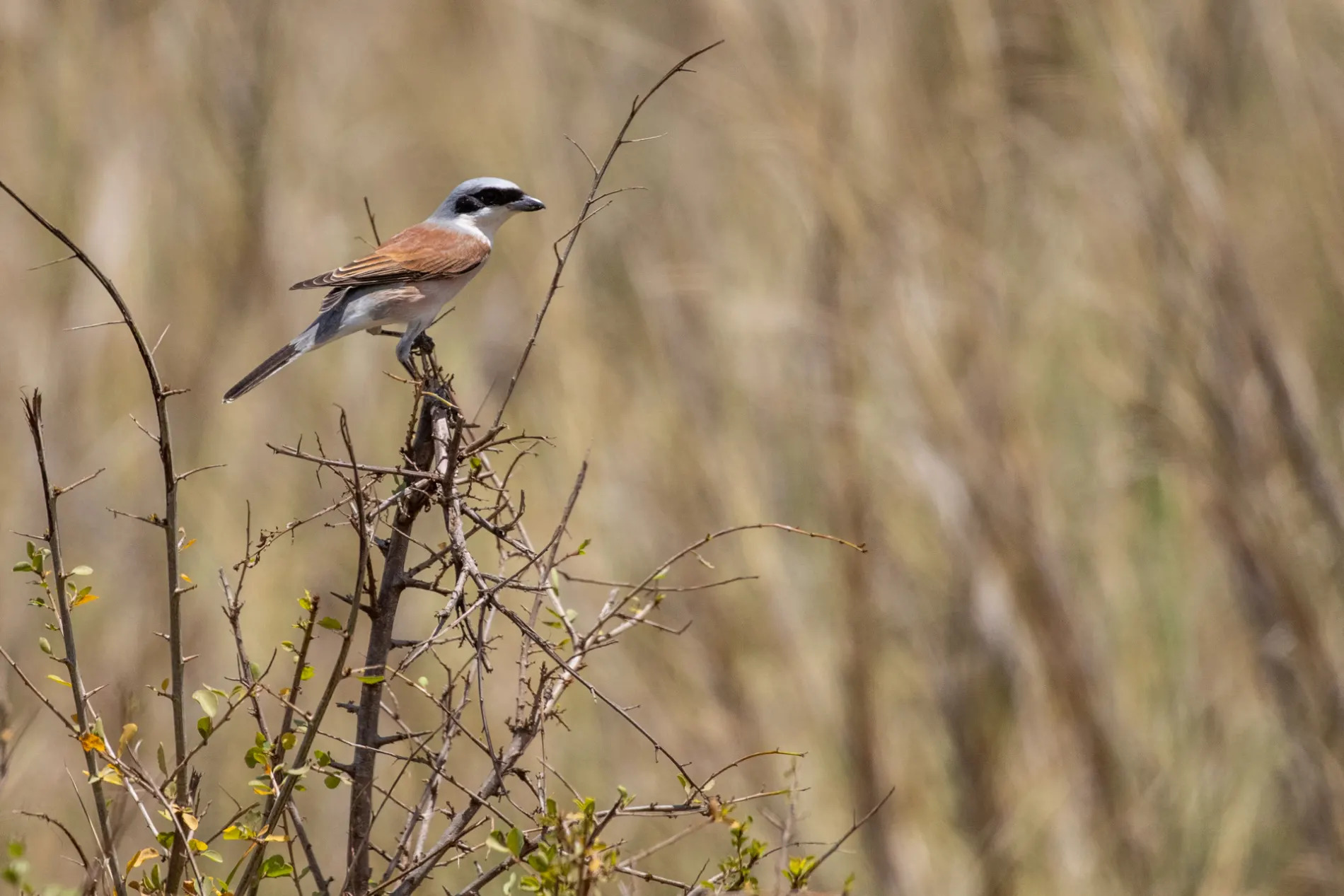
Migrants play a big role in a big day’s final tally. Here are three that we caught on their northward journey to their Eurasian breeding grounds: Spotted Flycatcher, Common Cuckoo, and Red-backed Shrike. To date, this year was the best for migrant songbirds (regrettably, migrant raptors let us down). [f/5.6, 1/4000, ISO 400]
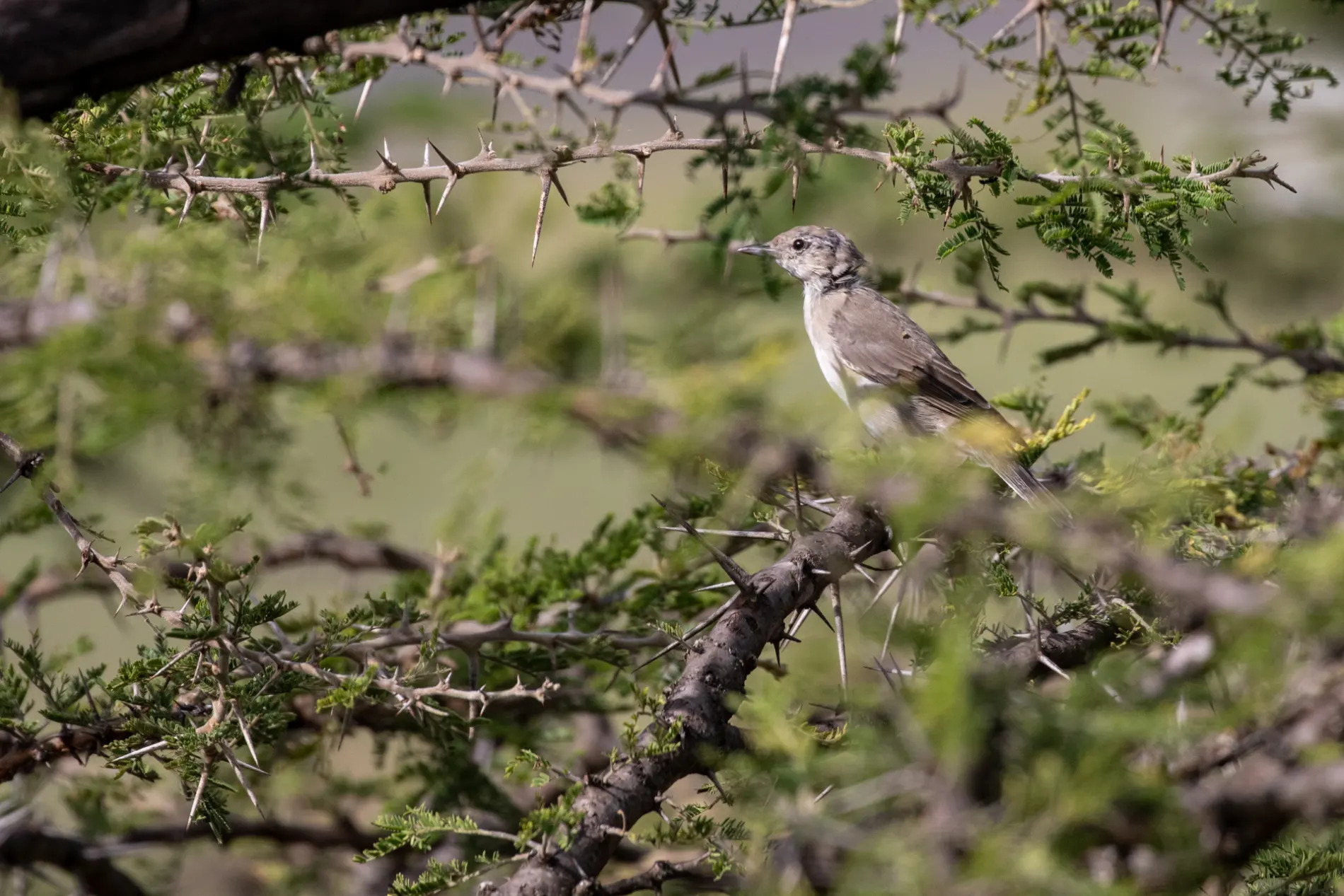
Here’s another migrant songbird, on its first migration northward: a juvenile Barred Warbler. Visually not terribly exciting, but this is a record shot of a species not often found in the Mara. It was a first for all of us. [f/5.6, 1/2500, ISO 400]

One of the smallest species we encountered during our big day, this resident African Dusky Flycatcher makes up for its diminutive size and brown drabness with a big personality, chattering constantly as it actively sallies for insects. [f 5.6, 1/640, ISO 400]
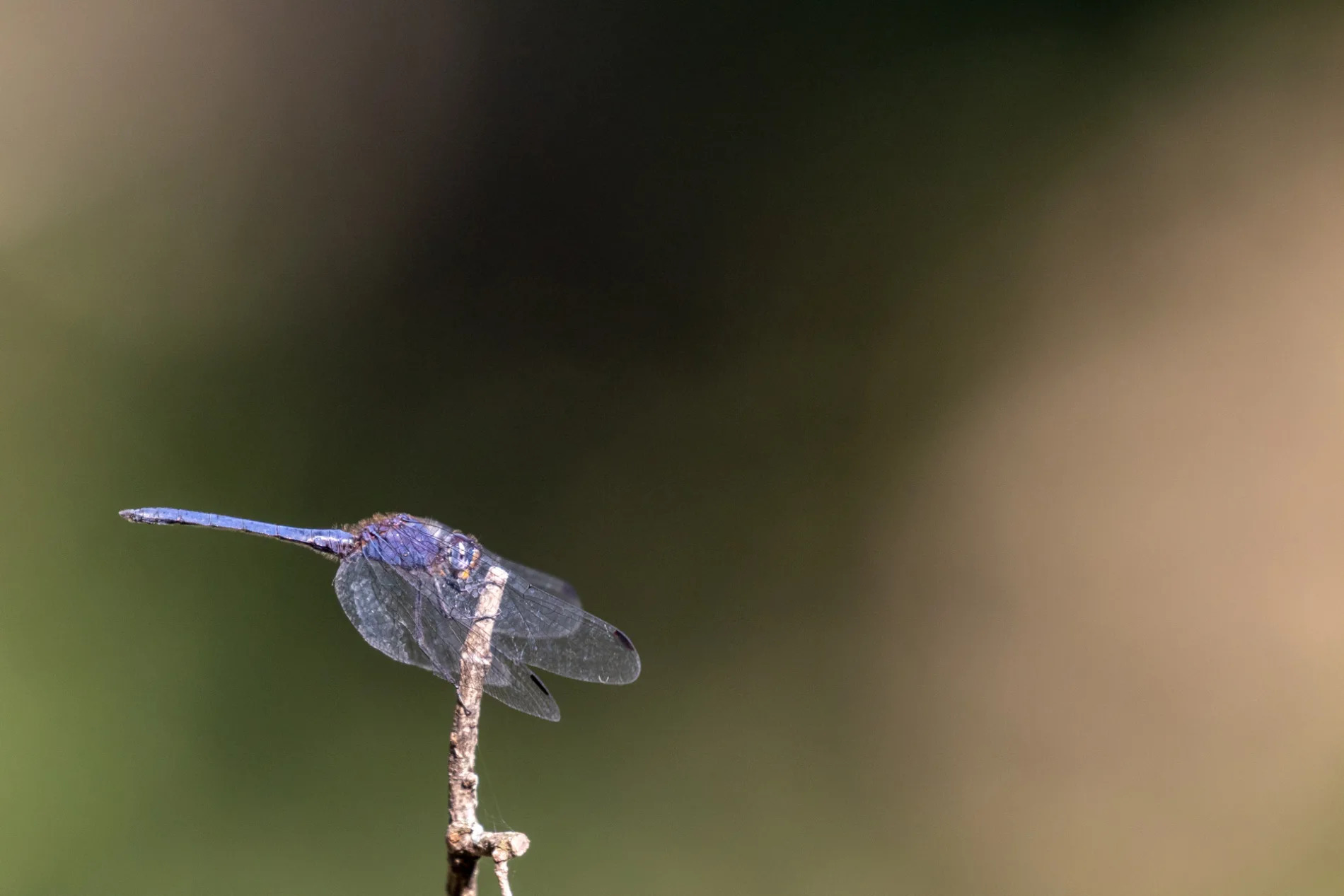
While it doesn’t count towards our final bird tally, this beautiful dragonfly briefly caught my attention nonetheless. [f/5.6, 1/800, ISO 400]
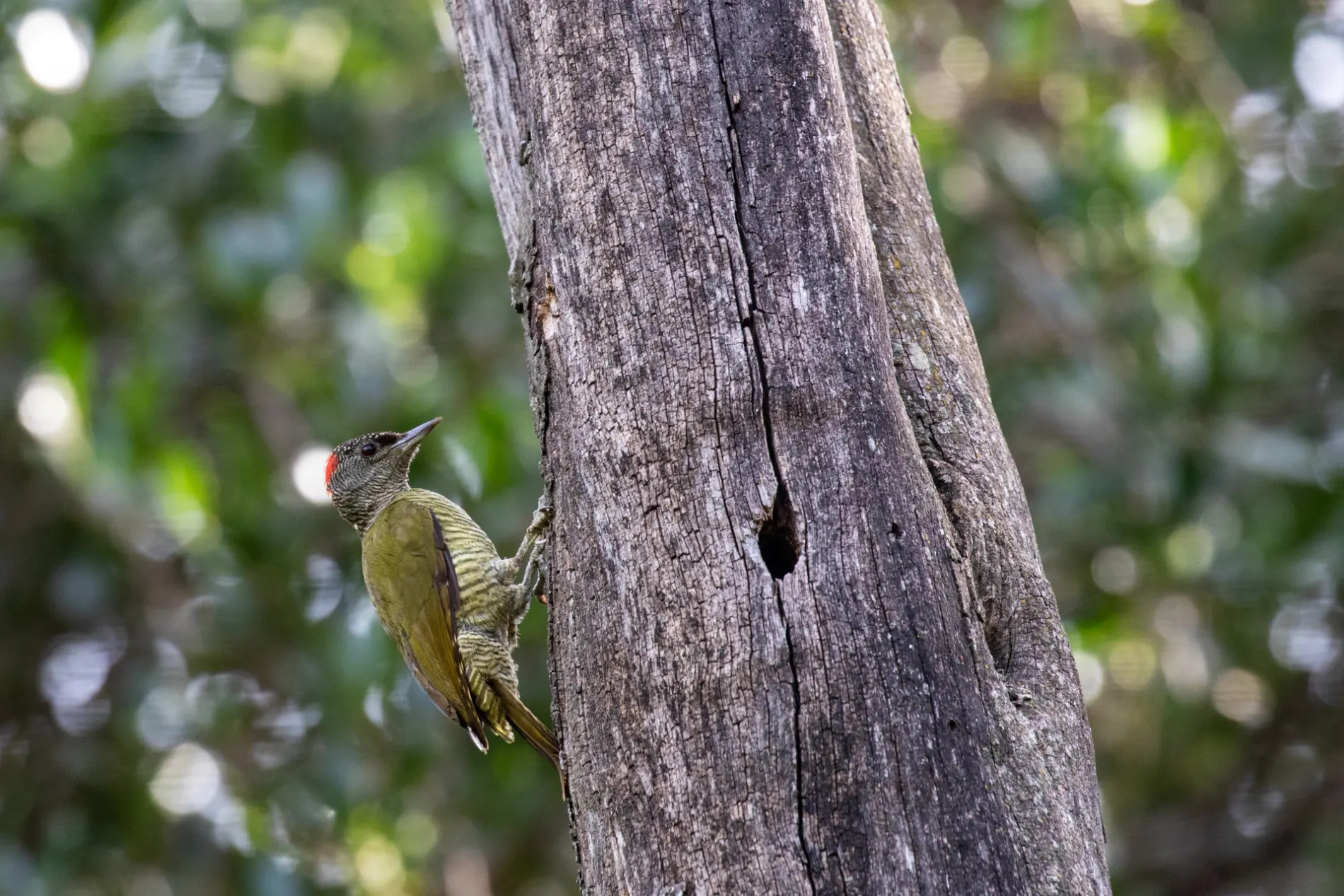
[f/5.6, 1/250, ISO 400]
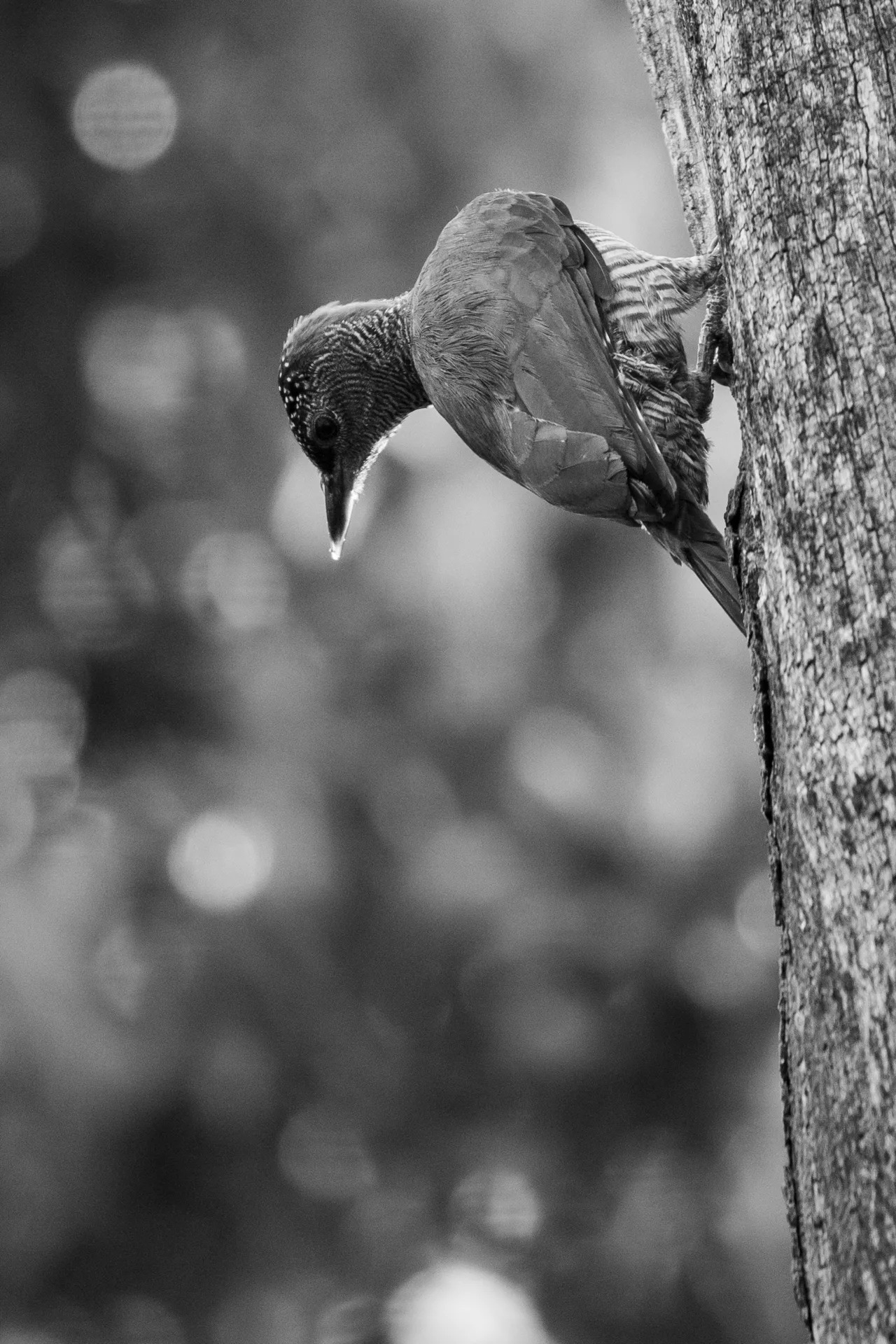
This gorgeous Tullberg’s (aka Fine-banded) Woodpecker is a specialty bird at Angama, as we are at the very edge of its range and one of the few places in the Mara where it can be found. I didn’t spend much of my time focusing on photography during the big day, but the second image, which I converted to black and white, turned out nice with the tip of the woodpecker’s beak backlit. [f/5.6, 1/250, ISO 400]
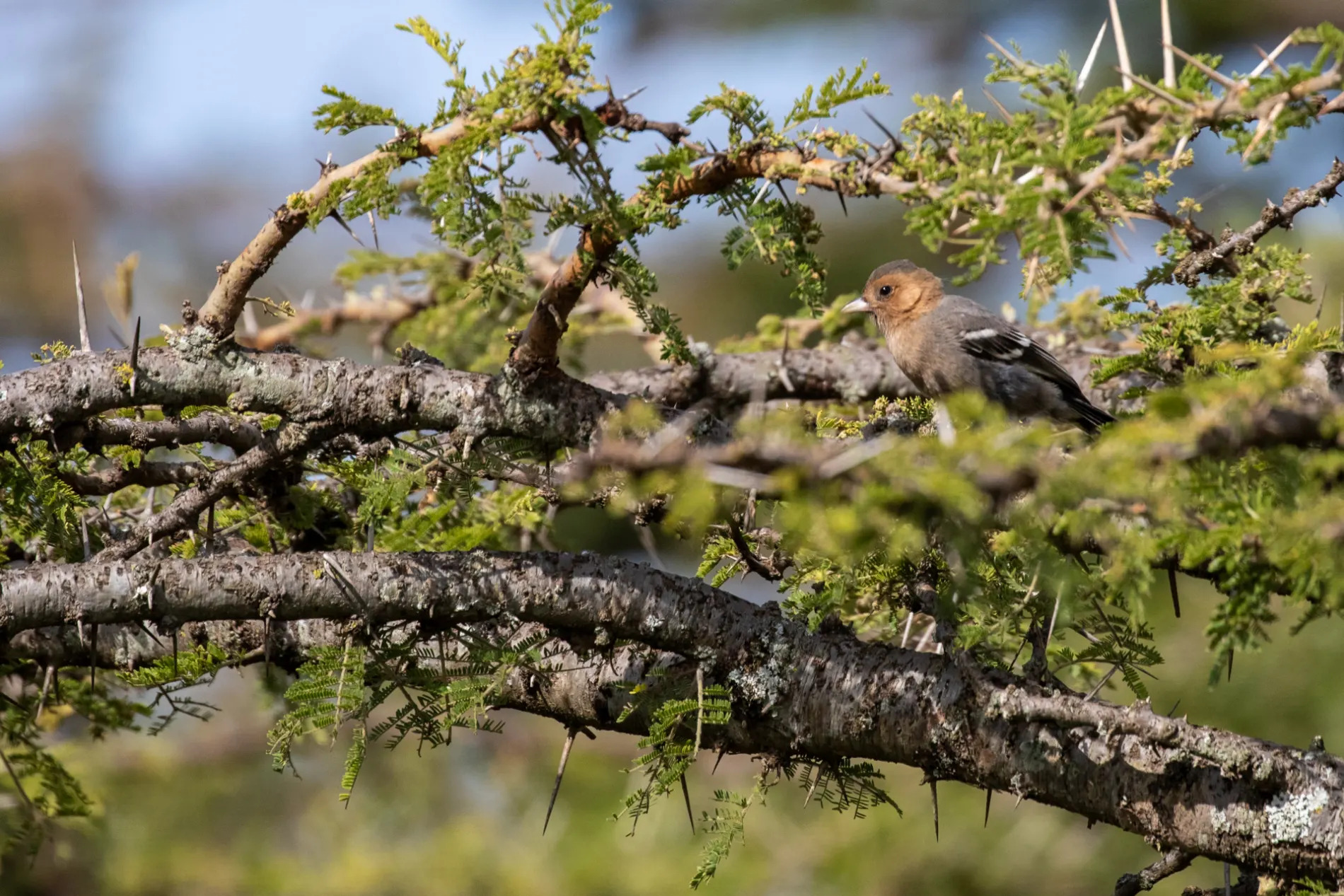
[f 5.6, 1/2500, ISO 400]
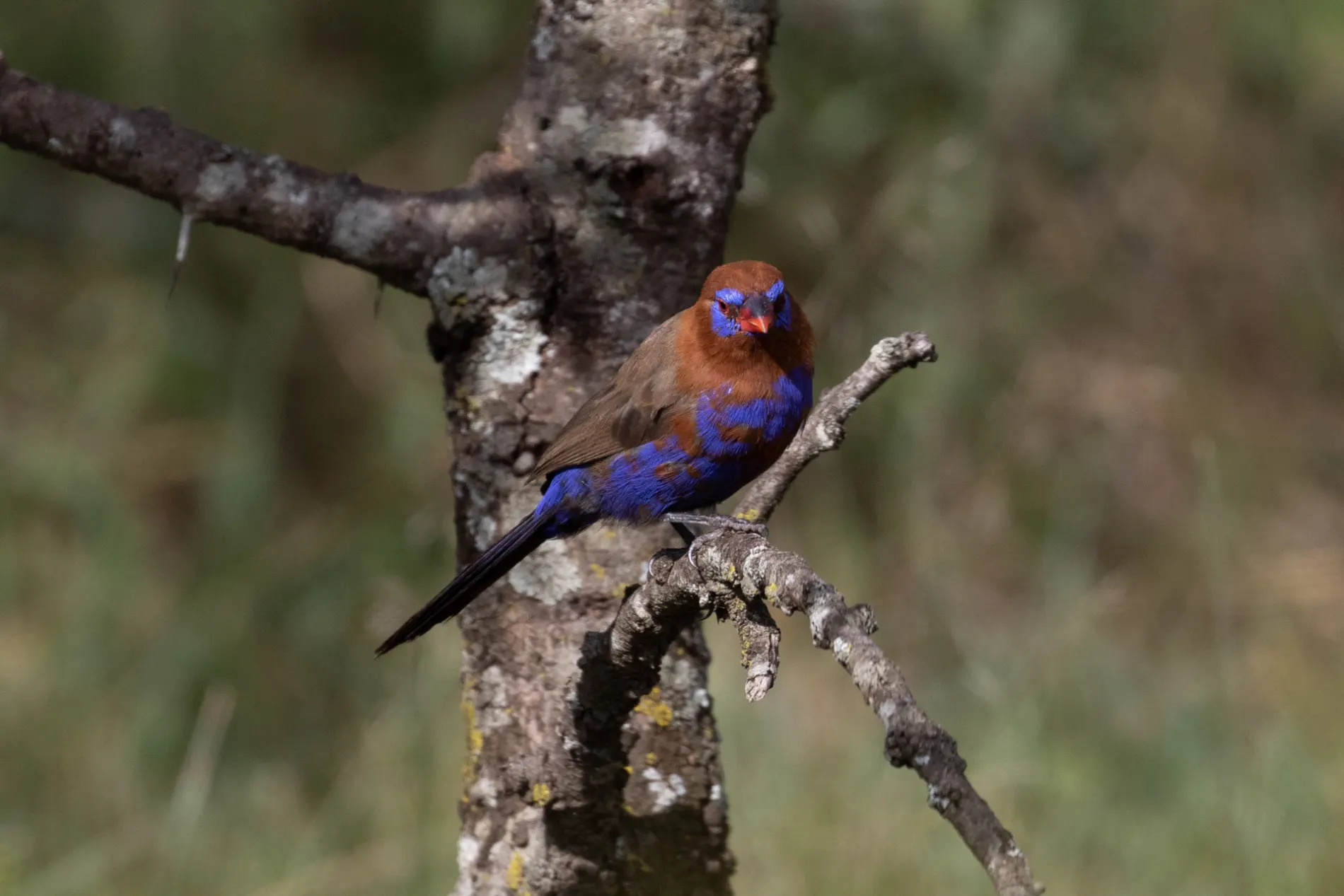
[f/5.6, 1/2000, ISO 400]

Nearly 500 species of birds have been recorded in the Mara Triangle – looking at a checklist like that is overwhelming, particularly to beginning birders. Thus, at Angama we introduced the “Early Birds” – 12 striking, interesting, and/or iconic birds of Angama and the Mara Triangle that we hope get our guests hooked, as beautifully illustrated by naturalist Duncan Butchart in a booklet we hand out to each guest. Three of these are the Red-throated Tit, Purple Grenadier, and Augur Buzzard. [f 5.6, 1/4000, ISO 400]

Photographing birds on a big day is more about documentation, but every so often a neat photographic opportunity presents itself that can’t be passed up. I wish the lighting had been better, but this trio of Speckle-fronted Weavers huddled together on a fence post at our Shamba was a great image. [f 5.6, 1/500, ISO 200]
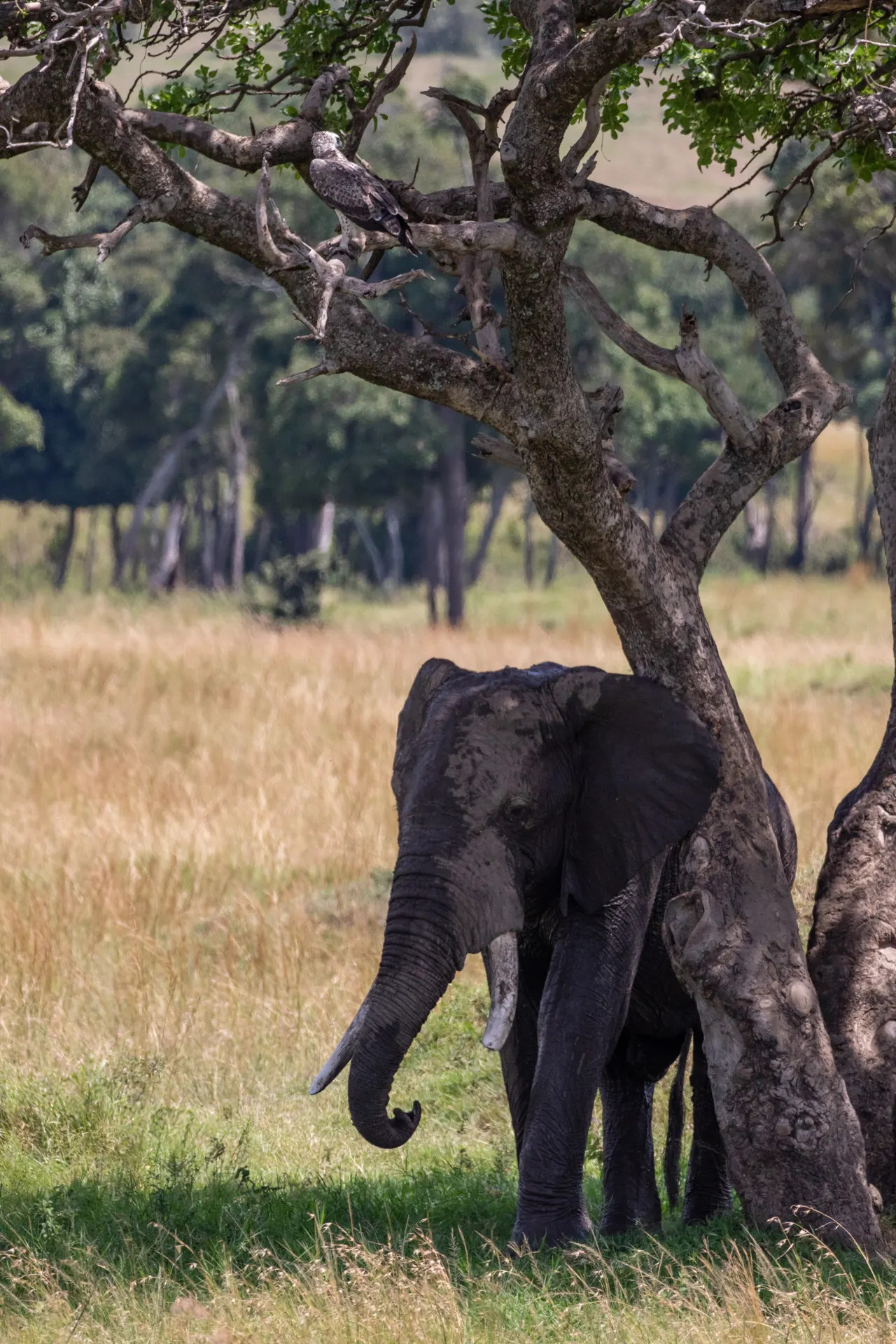
The beauty of doing a big day in the Mara is seeing more than just birds. Here, one of our ticks for the day, a juvenile Martial Eagle, watches warily as a bull elephant approaches his perch. [f/5.0, 1/2500, ISO 400]
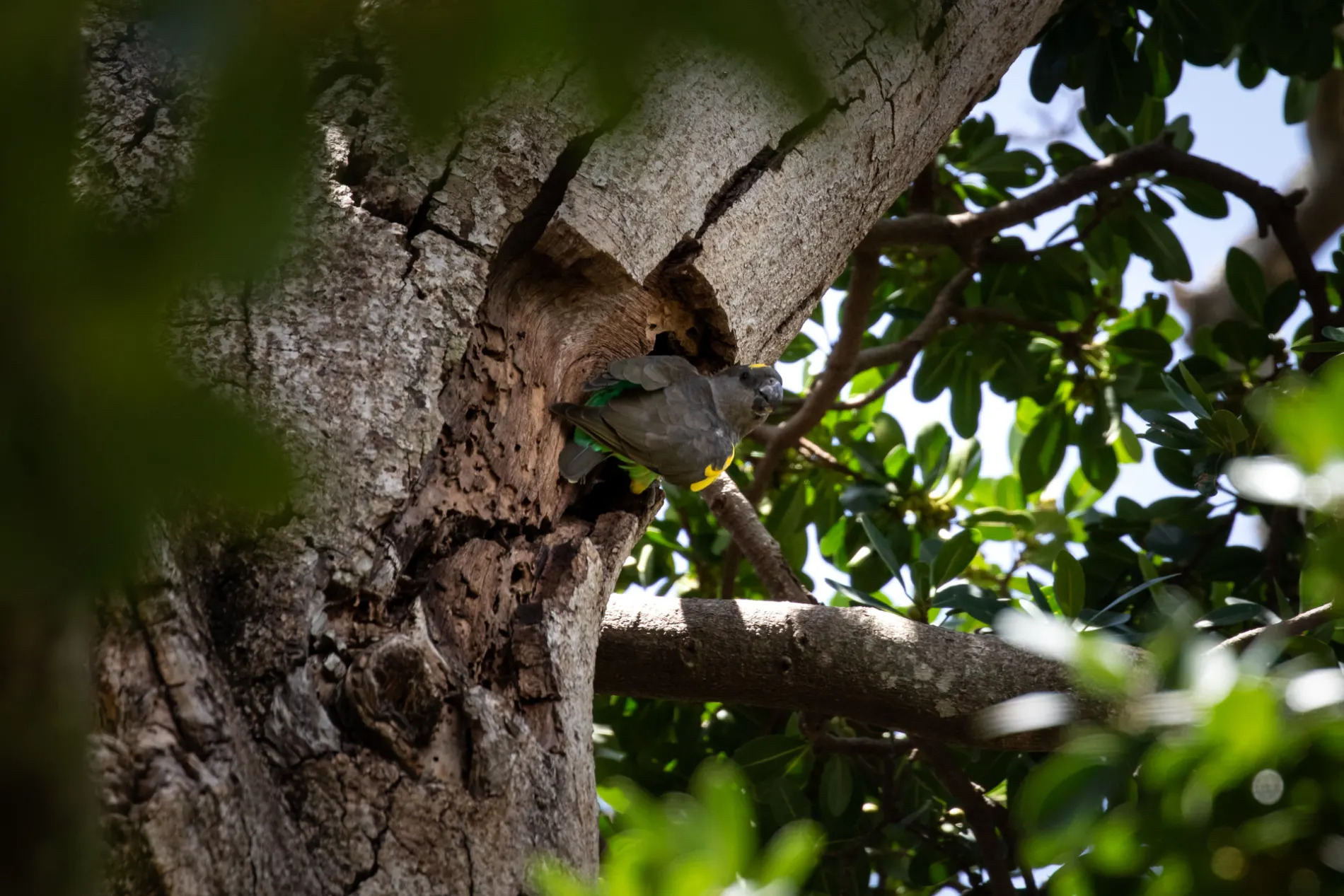
A Meyer’s Parrot at a nest hole along the Mara River was a nice find. [f/5.6, 1/500, ISO 400]

Successful big days require a number of things, not the least of which is keen eyes. Stratton spotted this Water Thick-knee’s head just poking up above a rock. It was the only one we saw all day. [f/5.6, 1/2000, ISO 200]
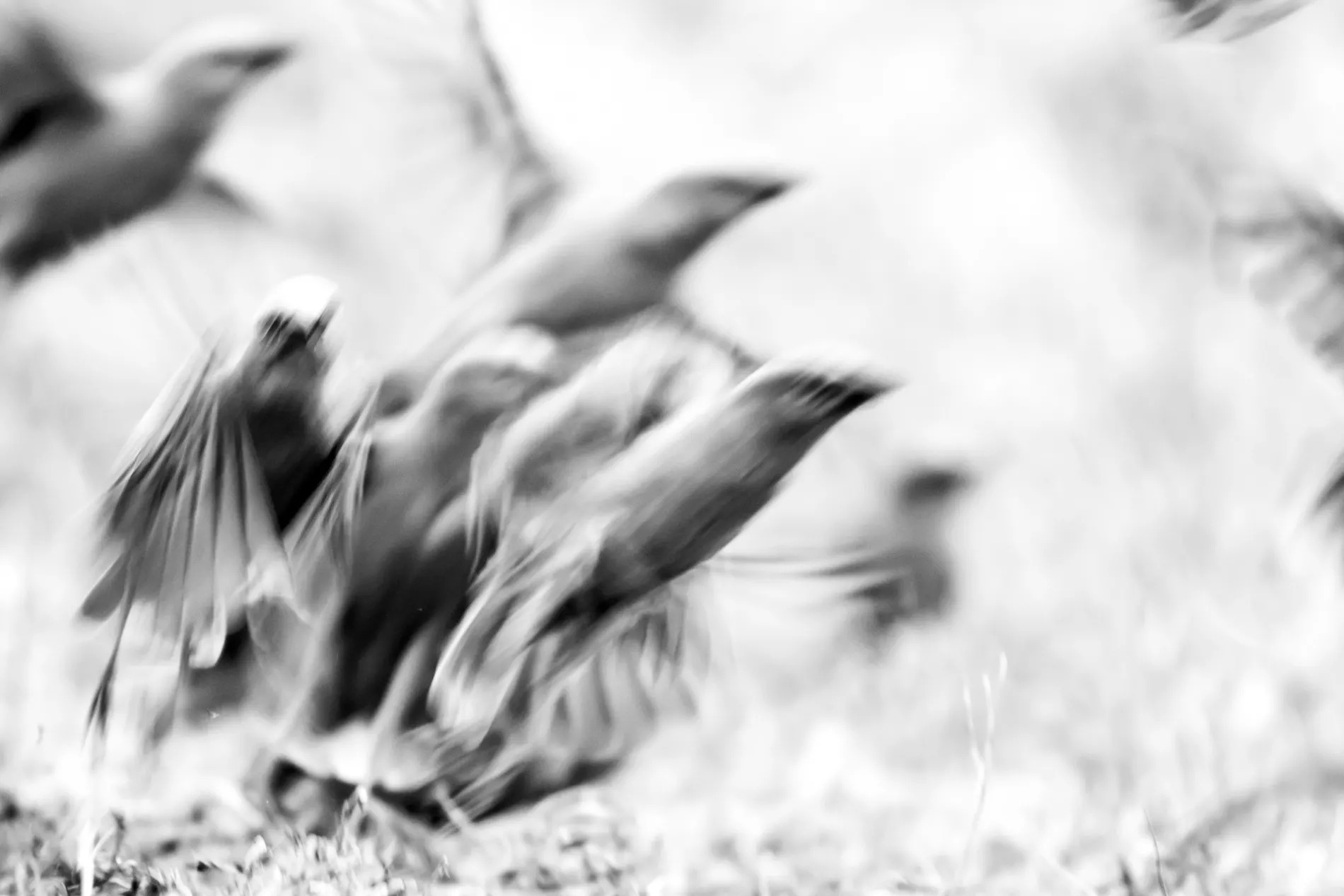
There’s only one place in the Mara Triangle to find Grey-capped Social-Weavers, near the Purungat Bridge where they are ubiquitous. The original of this photo wasn’t great, so I toyed with converting to black and white and focusing on the flurry of wings. [f/5.6, 1/250, ISO 200]
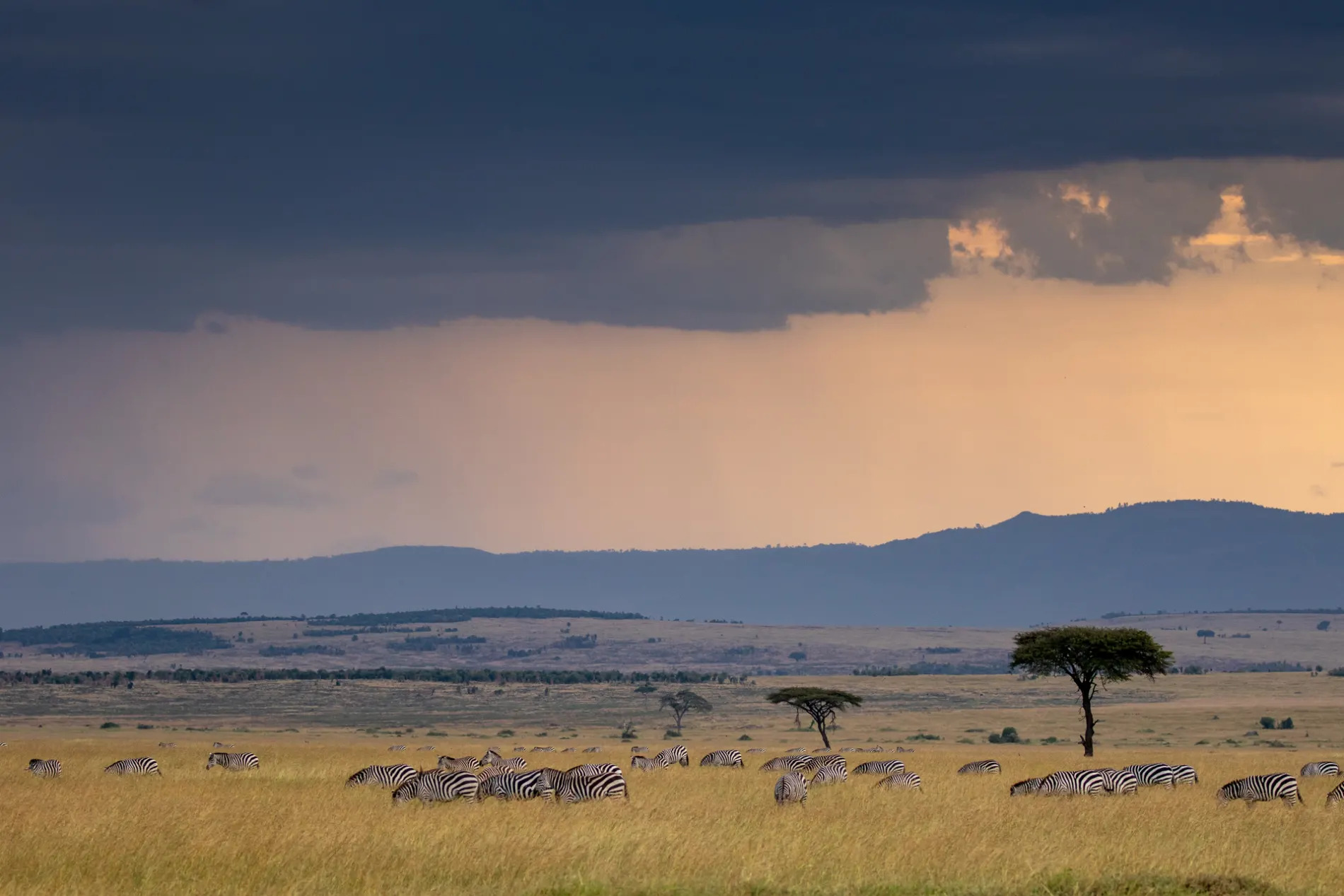
Our big day was thwarted by a serious storm late in the afternoon that stole the final couple hours of daylight from us (and therefore probably quite a few more species), but it did make for some beautiful scenes. [f/4.5, 1/800, ISO 200]
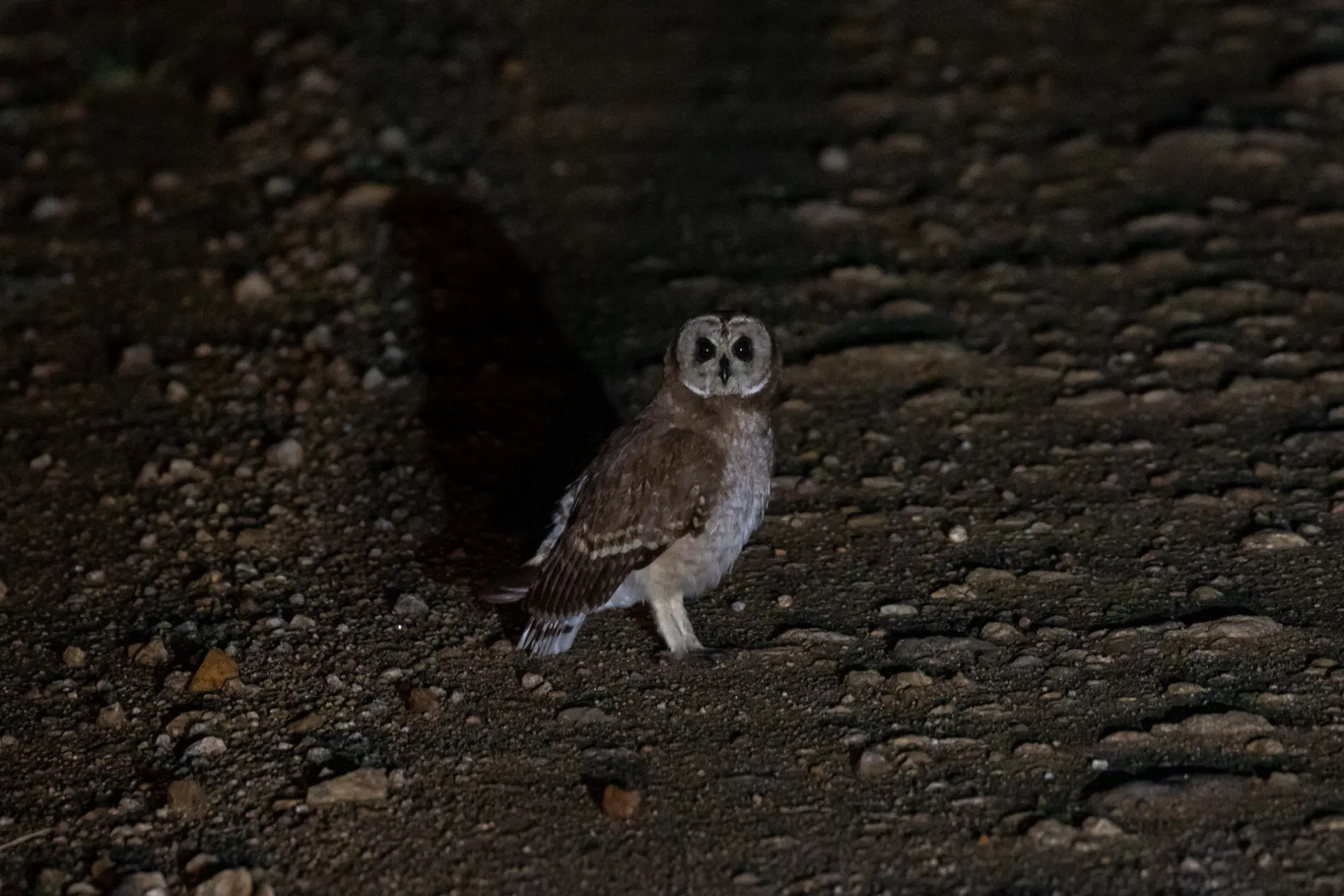
Our final bird of the day, and one that we were targeting with the last couple hours available to us: a Marsh Owl. [f/5.6, 1/20, ISO 1600]
THIS WEEK A YEAR AGO
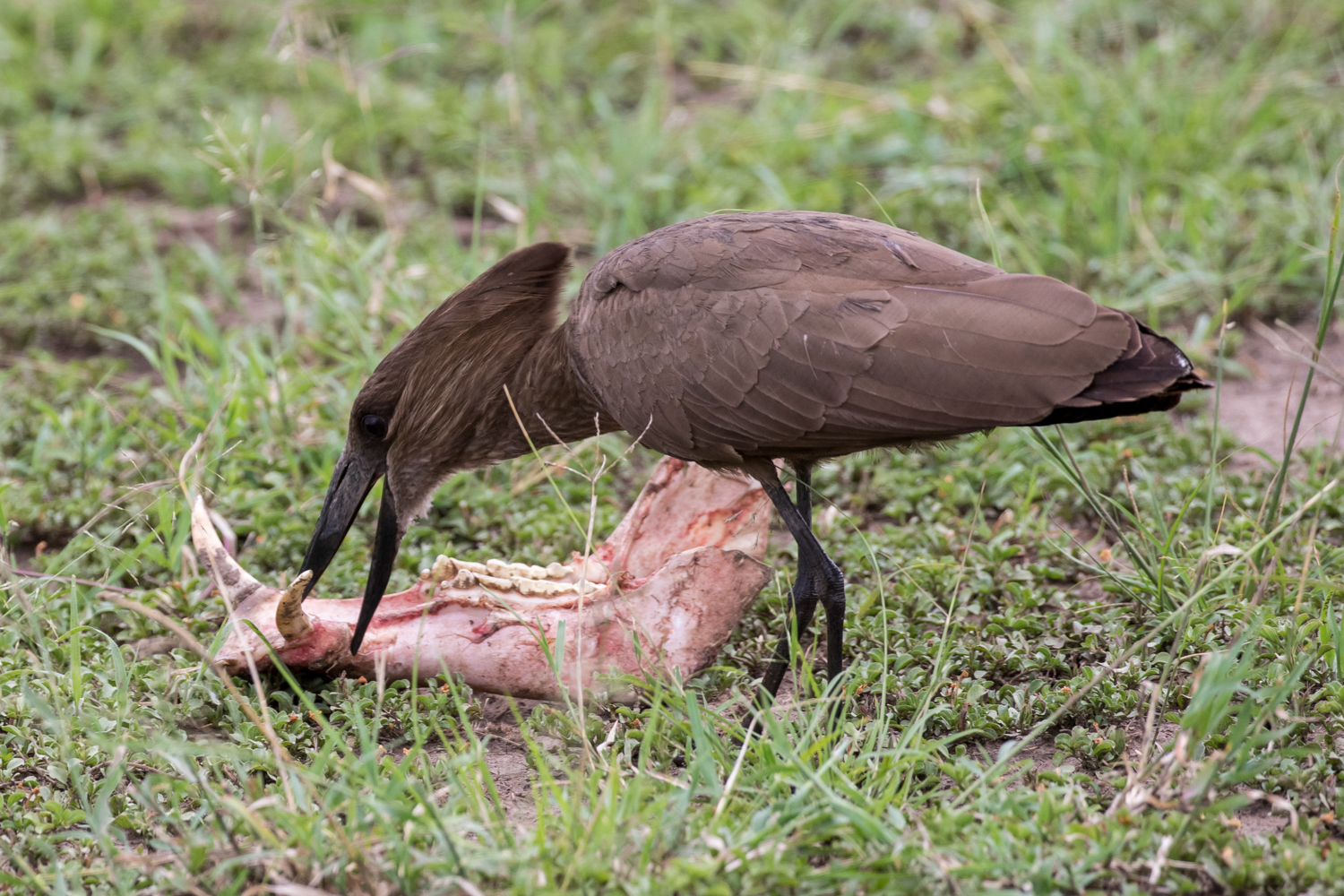
A year ago, I witnessed this strange event when a Hamerkop appeared to be feeding on a warthog skull, the remains of which had been dutifully worked over by jackals and vultures. Hamerkops are relatively common in the Mara thanks to widespread suitable habitat and a bounty of food (usually frogs, not dead warthogs!). On big days, there are always a few key misses – that is, birds you expect to see and somehow don’t. Coincidentally, this year the Hamerkop was one of them!
TAGGED WITH: Birding, Wildlife Photography, Birding Big Day, Bird Photography, This Week At Angama



COMMENTS (1)
Kristina Trowbridge
April 13, 2019WOW! You did great. I just wish you had posted a photo of Robert as well. With his enthusiasm and eagerness to learn, he will be an awesome bird guide.
REPLY